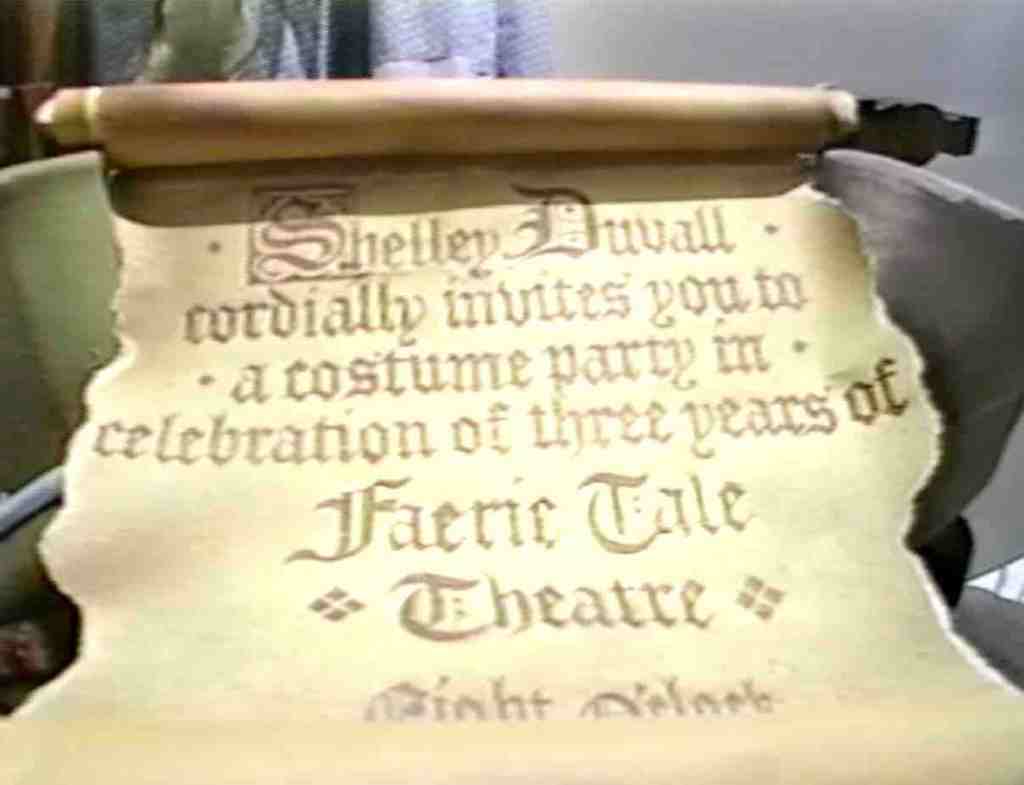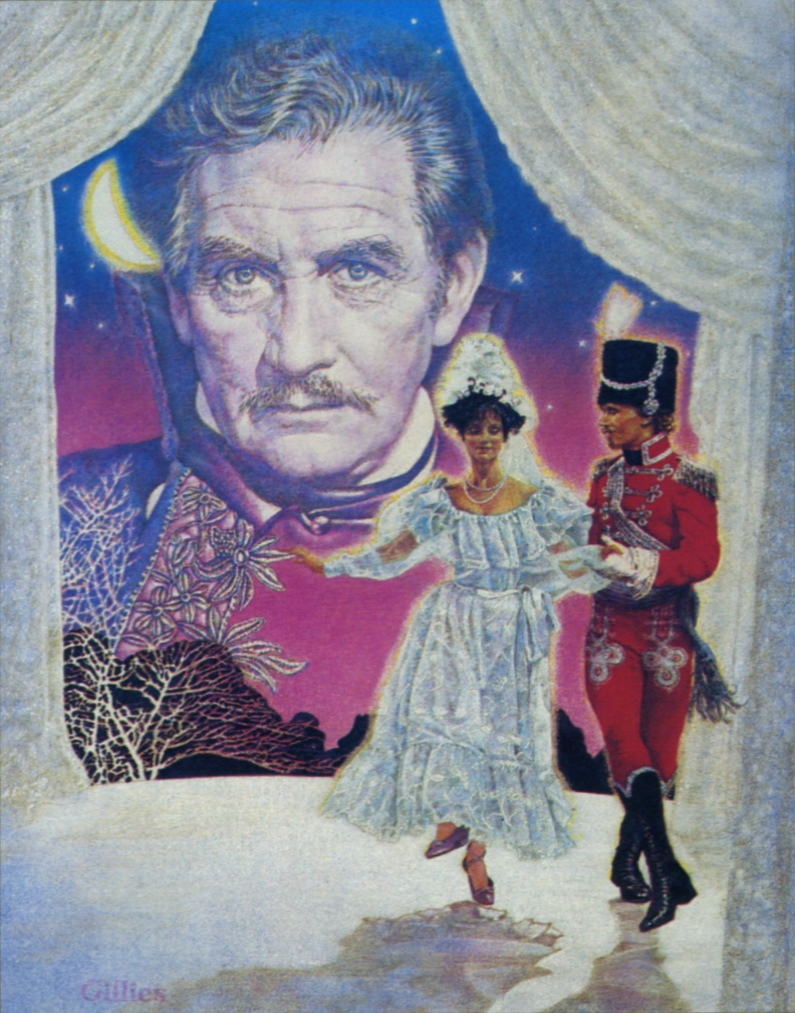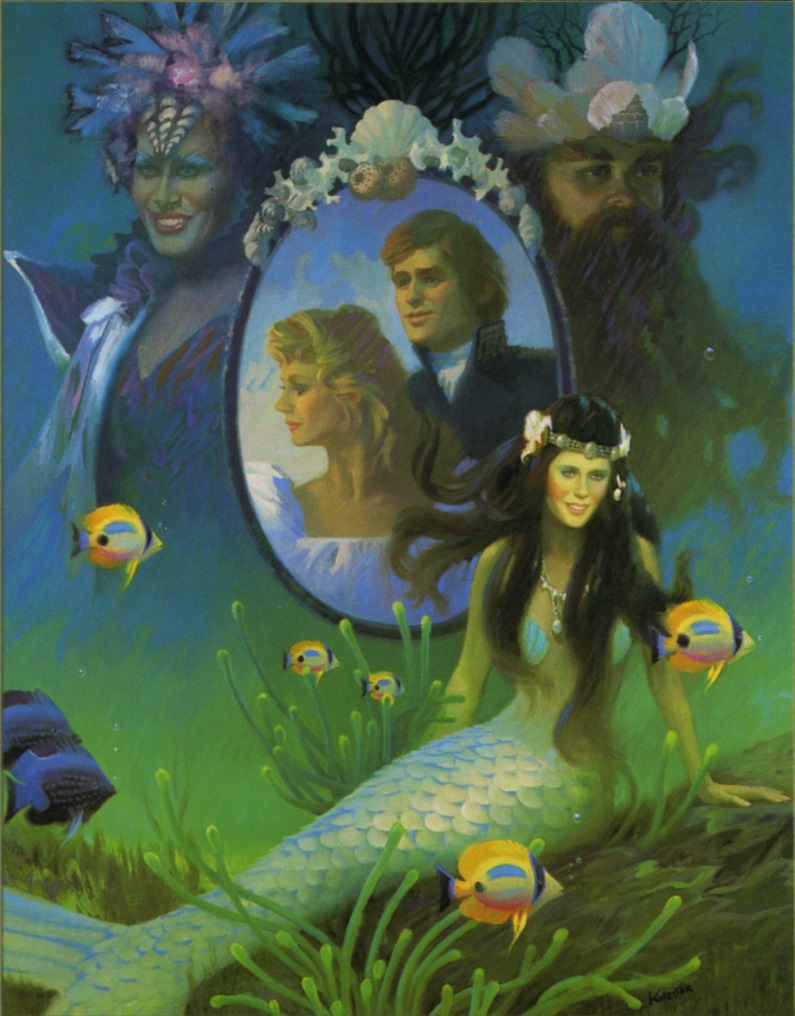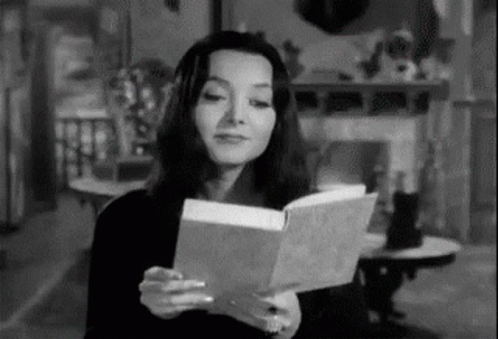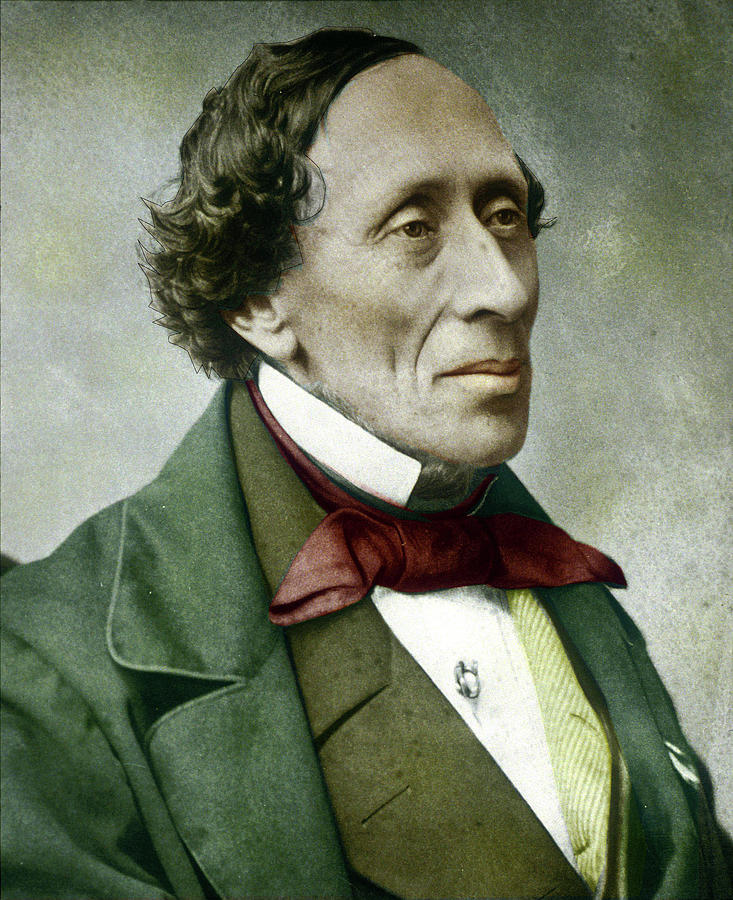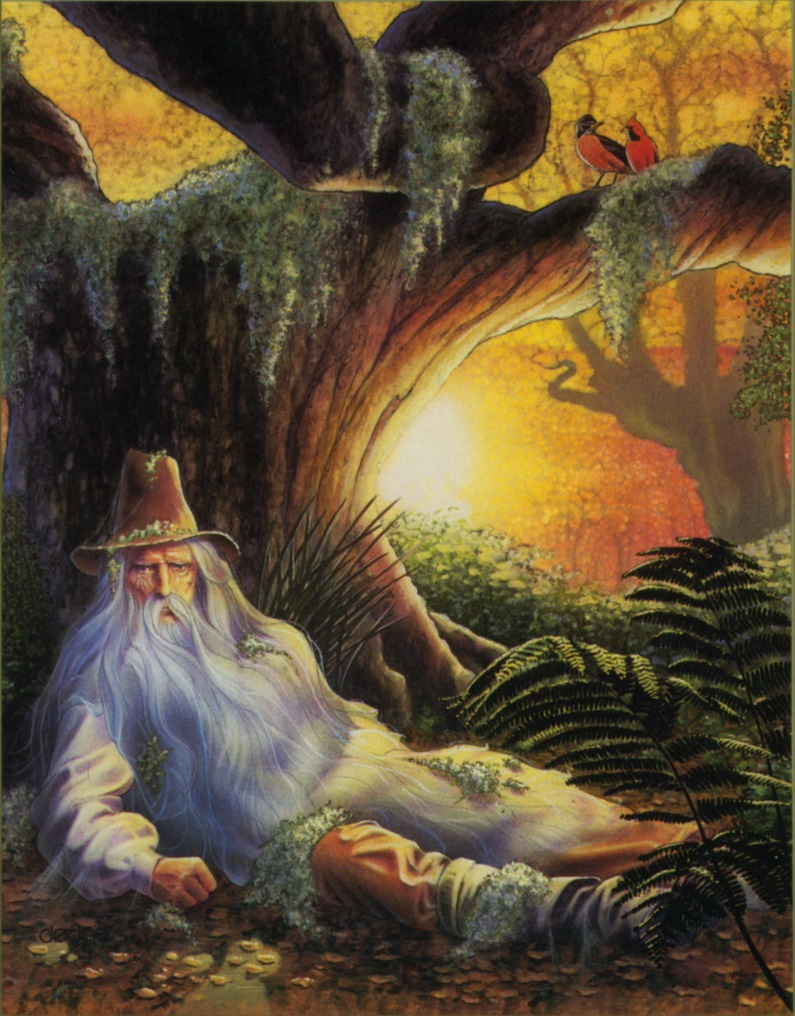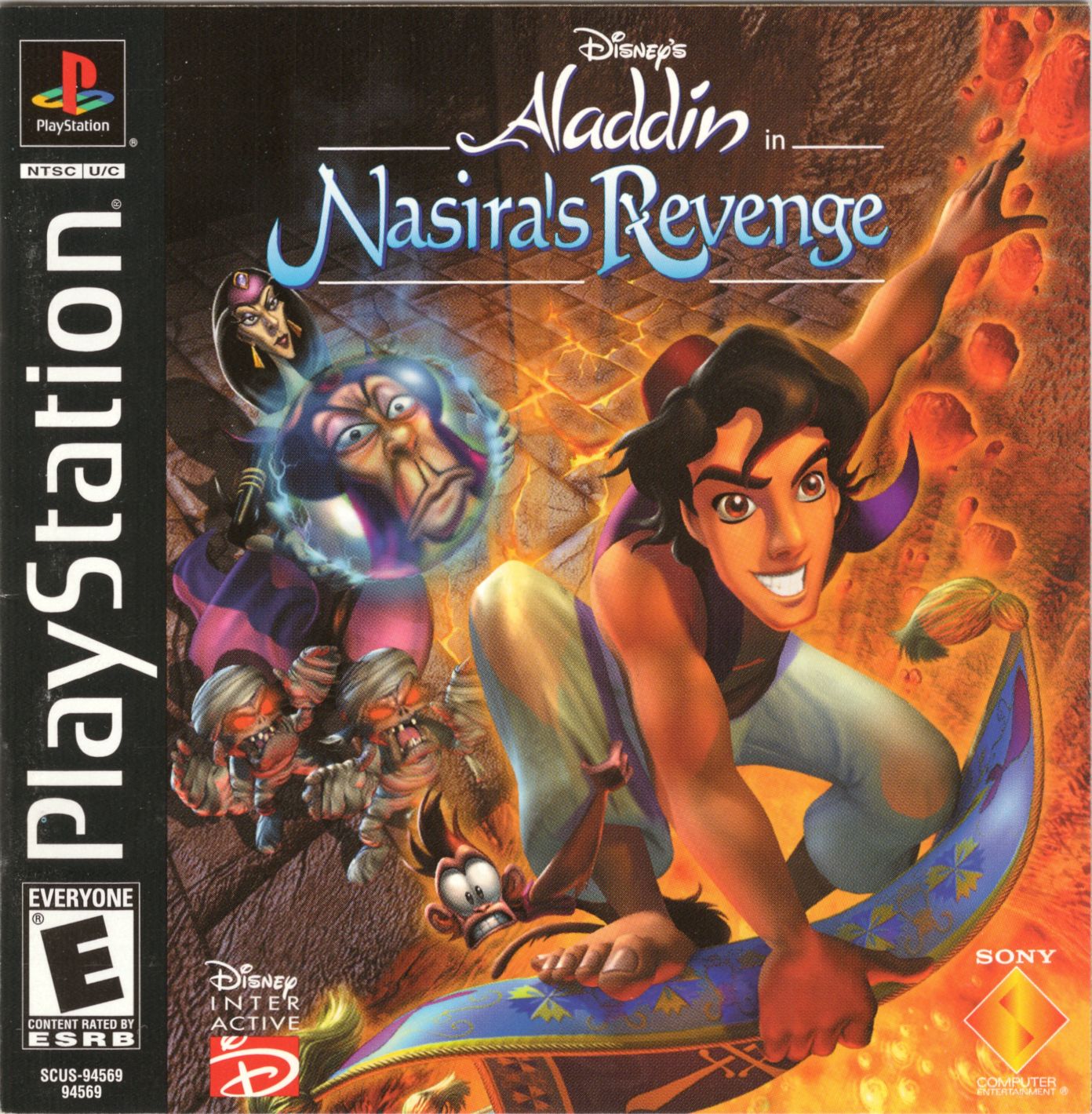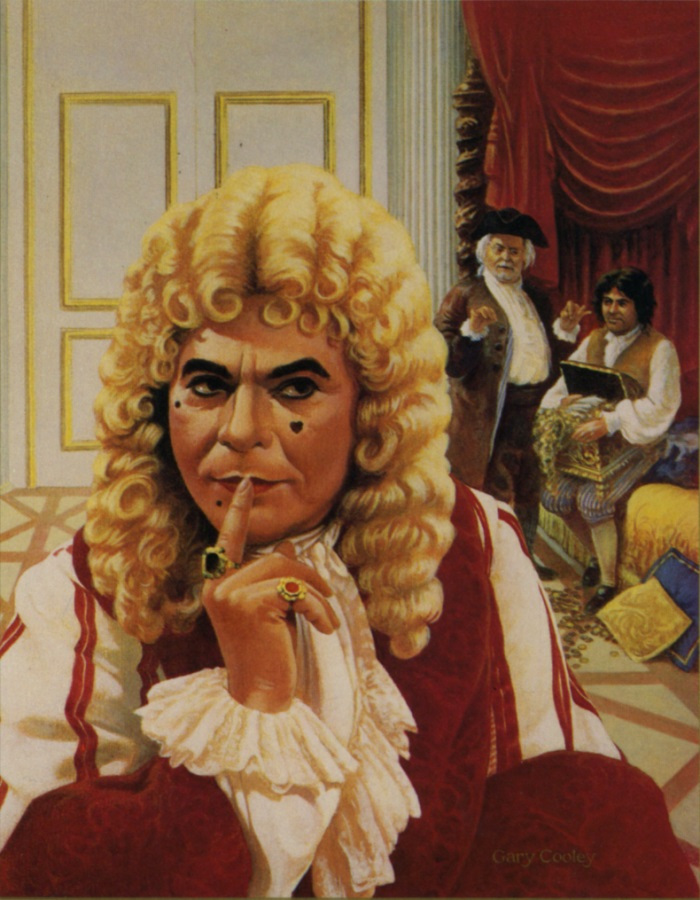Tags
1001 Arabian Nights, 80s, Aladdin, Aladdin and His Wonderful Lamp, Alan Arkin, Albert Hague, alex karras, Alfre Woodard, ancient fairy tale, anjelica houston, Arabian Nights, Art Carney, Avery Schriber, barbara hershey, Barrie Ingham, beatrice straight, beauty and the beast, Ben Vereen, Bernadette Peters, Billy Crystal, Billy Curtis, bobby porter, Brian Dennehy, bridgette andersen, Brock Peters, brothers grimm, bud cort, Burgess Meredith, carl reiner, Carol Kane, carole king, Carrie Fisher, christopher lee, Cinderella, Clive Revill, Concetta Farrell, Dana Hill, Daniel Frishman, danish fairy tale, darrell larson, David Hemmings, David Warner, dennis christopher, diane ladd, Dick Shawn, Don Novello, Donna McKechnie, Doris Roberts, Ed Begley Jr., Edie McClurg, edward james olmos, Elizabeth McGovern, Ellen Barkin, elliot gould, Emilie Ardolino, english fairy tale, english fairy tales, episode ranking, eric idle, Eve Arden, Faerie Tale Theatre, fairy tale, fairy tale adaptation, fairy tale creatures, fairy tale history, fairy tale origin, fairy tale origins, fairy tales, fairytale, frances bay, Francis Ford Coppola, Frank Zappa, Fred Willard, french fairy tale, gena rowlands, George Kirby, Georgia Brown, german fairy tale, gilbert cates, goldilocks, goldilocks and the three bears, graeme clifford, Gregory Hines, grimm, grimms fairy tale, hans christian andersen, hansel and gretel, happily ever after fairy tales for every child, Harry Dean Stanton, helen mirren, hervé villechaize, Howard Hesseman, Howard Storm, Howie Mandel, hoyt axton, Ian Abercrombie, Ivan Passer, Jack and the beanstalk, Jackie Vernon, jacob grimm, james coburn, James Earl Jones, James Frawley, jean stapleton, jeff bridges, jeff goldblum, Jeremy Kagan, joan collins, John Lithgow, John P. Ryan, john vernon, Karen Black, katherine helmond, Kevin THompson, Klaus Kinski, lainie kazan, Lamont Johnson, Lance Kerwin, Laraine Newman, Lauren Hutton, Lee Remick, leonard nimoy, Lesley Ann Warren, Linda Manz, little red riding hood, liza minelli, Lou Carry, malcolm mcdowell, mark blankfield, Mark Cullingham, Mary Jackson, mary steenburgen, Matthew Broderick, Maurice LaMarche, Melissa Gilbert, Michael Lindsay-Hogg, Michael Preston, michael richards, Michael Tucci, Mick Jagger, ned beatty, nicholas meyer, Pam Dawber, Pat McCormick, paul dooley, paul reubens, Peter MacNicol, Peter Medak, Peter Risch, Peter Weller, Phil Fondacaro, Pinocchio, puss in boots, ranking, Rapunzel, rene auberjonois, Rex Smith, ricky schroder, rip van winkle, Robert Carradine, Robert Iscove, robin williams, Roger Vadim, Roy Dotrice, Rumplestiltskin, shelley duvall, sleeping beauty, snow white and the seven dwarfs, Sofia Coppola, Stephen Furst, Susan Sarandon, Talia Shire, tatum o'neal, television review, television series, terri garr, the boy who left home to find out about the shivers, the brothers grimm, the dancing princesses, the emperor's new clothes, the little mermaid, the nightingale, the pied piper of hamelin, the princess and the pea, the princess who had never laughed, the snow queen, The Tale of the Frog Prince, The Three Little Pigs, thumbelina, tim burton, Tim Conway, Tim Kazurinski, Timothy Dalton, tom conti, Tony Bill, Tony Cox, tony van bridge, Treat Williams, tv review, tv series, Valerie Bertinelli, Valerie Perrine, Vanessa Redgrave, Vincent Price, Vincent Schiavelli, wilhelm grimm, William Daniels, William Katt, Zelda Rubenstein
So, we’ve come to the end of this years-long Faerie Tale Theatre retrospective, my friends. It’s been quite a ride. Unlike most big Hollywood collaborations, Faerie Tale Theatre wasn’t a vanity project or a corporate mandate driven by synergistic greed, but a labor of love from start to finish. There’s been highs and lows, but I’d be lying if I said there wasn’t any passion put into every minute of it. If the acting isn’t magnetizing and subtle, then it’s entertainingly over-the-top. And the idea of basing the production design off famous illustrators and works of art is a masterstroke, branding every episode with a unique identity. Many of the entries provide an entertaining fairy tale alternative to Disney; others you can derive pleasure from the camp value, nostalgia, or the recognizable names involved.
Will time be as kind to Faerie Tale Theatre as it has been to many products of the 1980s? Who can say? I’ve already touched on how the age is beginning to show in some aspects (namely the special effects and some enforced heteronormativity). But a good work, while not free from criticism, can still stand strong regardless. New generations have already begun to discover this series, whether it’s through their parents, a casual find on the internet, or through youtubers reacting to episodes and reviewing them, some of which I found quite entertaining.
Two qualities that routinely define my favorite pieces of media – be it film, plays, television, etc. – is whether the work in question has grown and changed as I’ve continued to mature, and if I can find something new with every viewing. I’m delighted to say that Faerie Tale Theatre boasted both these qualities in spades during my revisit, and I can proudly declare without irony or fear of ridicule that it is now one of my favorite shows of all time. It reminds viewers that fairy tales aren’t just for children and shouldn’t be classified as such, but can still give older viewers the same feelings of wonder, terror, and cheer that they had experiencing these stories in their childhood.
Reviewing these episodes have been a thrill, and ranking them hasn’t been easy. Some of the assigned places will come as no surprise to you, some will inspire rage, but each one includes a summation of my feelings and a link to the whole review for you to peruse. Feel free to share in the comments what your favorite episode is, and how much of this list I got completely wrong.
Shall we begin?
Continue reading
